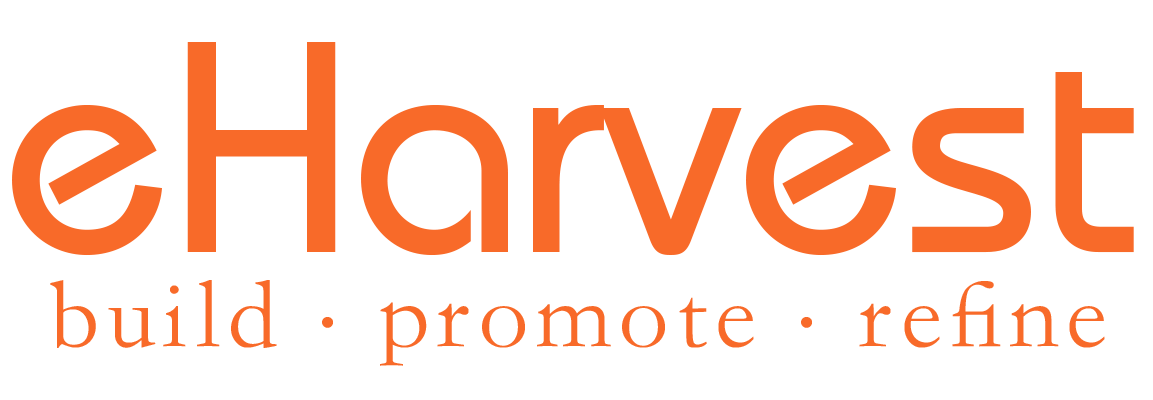Customer value optimization (CVO) is the process of maximizing the value that a customer brings to a business over the course of their relationship. In the context of eCommerce, this typically involves increasing the average order value (AOV) and the customer lifetime value (LTV).
There are several commonly used methods to optimize customer value, including:
- Personalization: tailoring the shopping experience to the customer’s needs and preferences.
- Upselling and cross-selling: recommending additional products or upgrades to customers during the checkout process.
- Loyalty programs: incentivizing repeat purchases through discounts, rewards, and other perks.
- Retargeting: using ads to remind customers about products they’ve shown interest in or abandoned in their cart.
- Email marketing: sending targeted and personalized emails to customers based on their purchase history and behaviour.
RFM analysis is a common method for measuring customer value and identifying opportunities for optimization. RFM stands for Recency, Frequency, and Monetary value, which are three key metrics used to segment customers based on their behaviour and spending habits.
To generate an RFM report, you first need to gather data on customer purchases and activity. This can be done using a customer relationship management (CRM) tool, an eCommerce platform with built-in reporting features, or a specialized analytics tool.
Once you have the data, you can use a spreadsheet or specialized software to segment customers based on their RFM scores. The scores are typically calculated using the following formulas:
- Recency: how recently a customer made a purchase (e.g. number of days since last purchase)
- Frequency: how often a customer makes purchases (e.g. number of purchases in a given time period)
- Monetary value: how much a customer spends on average (e.g. average order value)
Using the RFM scores, you can then create segments of customers based on their behaviour and spending habits. For example, you might identify a group of high-frequency, high-spending customers who have made a purchase recently (i.e. high RFM scores across the board), and target them with personalized offers and incentives to keep them engaged and spending more.
To improve LTV using RFM reports, you can focus on the following strategies:
- Retain high-value customers: identify your most valuable customers and focus on retaining them through targeted marketing and loyalty programs.
- Increase purchase frequency: encourage customers to make more frequent purchases by offering discounts, personalized recommendations, and other incentives.
- Increase average order value: upsell and cross-sell products to customers during the checkout process, or offer bundle deals and discounts on larger orders.
- Re-engage inactive customers: identify customers who haven’t made a purchase in a while and use targeted marketing and retargeting to bring them back to your site.
